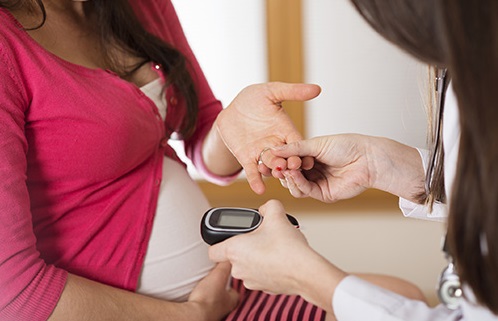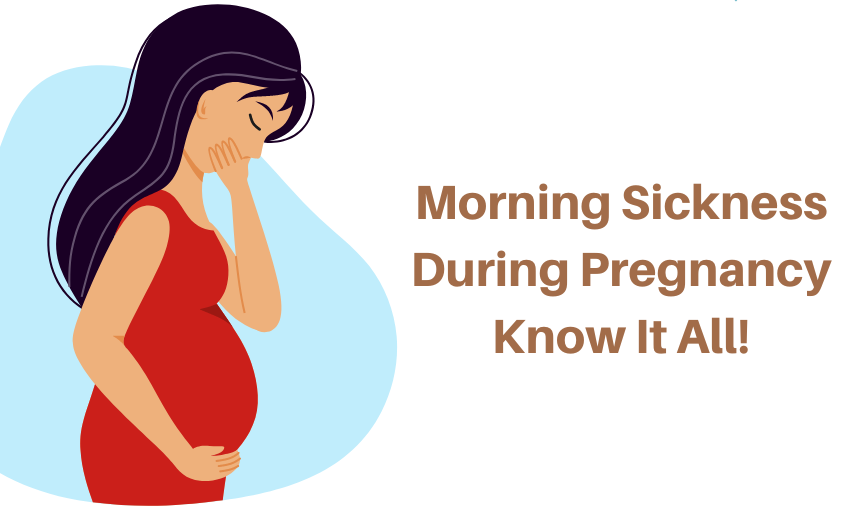Firstly, Pregnancy is a beautiful and transformative journey, but it often comes with a range of physical discomforts, one of which is upper back pain. While it may not be as common as lower back pain during pregnancy, it’s essential to address this issue to ensure a smoother and more comfortable experience. In this article, we’ll explore the causes of upper back pain during pregnancy and provide practical tips and strategies to relieve it.
Understanding Upper Back Pain during Pregnancy
When Does It Start?
Upper back pain typically affects pregnant individuals during the first and third trimesters. The reasons for this can be attributed to increased stress and hormonal changes. The initial discomfort often arises due to hormonal surges, while the third trimester brings about changes in breast size and the shifting center of gravity, contributing to upper back pain.
What It Feels Like
Upper back pain during pregnancy can manifest in various ways, ranging from a deep ache to sharp, localized pain. It might occur on one or both sides of the upper back. It’s crucial to consult with your healthcare provider to understand and address the specific type of pain you’re experiencing.

Causes of Upper Back Pain during Pregnancy
Hormonal Changes
Hormonal changes during pregnancy, particularly the hormone relaxin, can lead to body aches and pains. This hormone prepares the body for pregnancy and childbirth but may also cause ligaments and muscles to work harder, resulting in discomfort.
Increased Breast Size
As pregnancy progresses, the enlargement of breast tissue can add extra weight to the chest, altering posture and increasing strain on the upper back muscles. This added weight can contribute to upper back pain.
Uterus Changes and Weight Gain
As the uterus grows and weight gain occurs, the center of gravity shifts, leading to changes in spinal alignment. This shift can create what’s known as a pregnancy ‘lordosis,’ where the spine curves inward. The muscle spasms and strains can be triggered by these changes in addition to the overall weight gain.
Tips to Relieve Upper Back Pain During Pregnancy
1. Maintain Proper Posture
Keeping a neutral and upright posture is crucial. Stand up straight with your chest high and shoulders back, avoiding locked knees. Distribute your weight equally between both feet, and if you stand for prolonged periods, rest one foot on a small step stool and switch feet regularly to balance weight distribution.
2. Supportive Footwear and Bras
Invest in supportive shoes without heels, which can help maintain a neutral spine and provide a stable base. A well-fitting, supportive bra can alleviate upper back pain, especially if it’s linked to increased breast mass.
3. Stretching Exercises
Perform daily stretching exercises to alleviate postural stress and reduce upper back pain. Two effective stretches include:
– Doorway pectoralis stretch: Stand in a door frame, place your arms at shoulder height with elbows bent to 90 degrees, and lunge forward gently.
– Scapular retraction: Pinch your shoulder blades together as if holding a pencil between them.
4. Regular Physical Activity
Engage in light physical activities i. e. walking, swimming, gardening etc. These exercises are gentle on your muscles and joints while keeping your back muscles strong enough to support the added weight.
5. Proper Lifting Techniques
Avoid lifting heavy objects whenever possible. If lifting is necessary, use proper body mechanics to prevent upper back pain. Face the object, keep it close to your body, bend your knees (not your back), and avoid twisting.
6. Support While Sleeping
Maintain a neutral spine while sleeping by sleeping on your side, using pillows between your knees and under your abdomen. Consider using a memory foam pillow designed to support your neck.
7. Lumbar Support While Sitting
When sitting for extended periods, use a chair with good lumbar support, or add a lumbar support pillow to your chair. Ensure your hips are positioned at approximately 90 degrees, and your feet are flat on the floor.
When to Seek Medical Advice for Upper back pain during pregnancy
Upper back pain during pregnancy is common, but it’s essential not to ignore it. If the pain persists despite trying the above strategies, consult your healthcare provider. In some cases, back pain could be a sign of pre-term labor or other obstetrical conditions, so it’s crucial to discuss your symptoms with your doctor to determine the cause and receive appropriate treatment.
Most Common Problems during Pregnancy (20 FAQs)
Pedicures during Pregnancy: Benefits and Cautions
In a nutshell, upper back pain during pregnancy can be challenging, but with the right strategies and lifestyle adjustments, you can alleviate discomfort and enjoy a more pleasant pregnancy journey. By maintaining proper posture, wearing supportive clothing, and engaging in regular physical activity, you can minimize the strain on your upper back muscles and ensure a smoother transition to the postpartum period. Remember that consulting your healthcare provider is always a good idea if you’re experiencing persistent pain to rule out any underlying concerns. A happy and healthy pregnancy is within reach with the right care and attention.















2 thoughts on “Relieving Upper Back Pain During Pregnancy: Tips and Strategies”